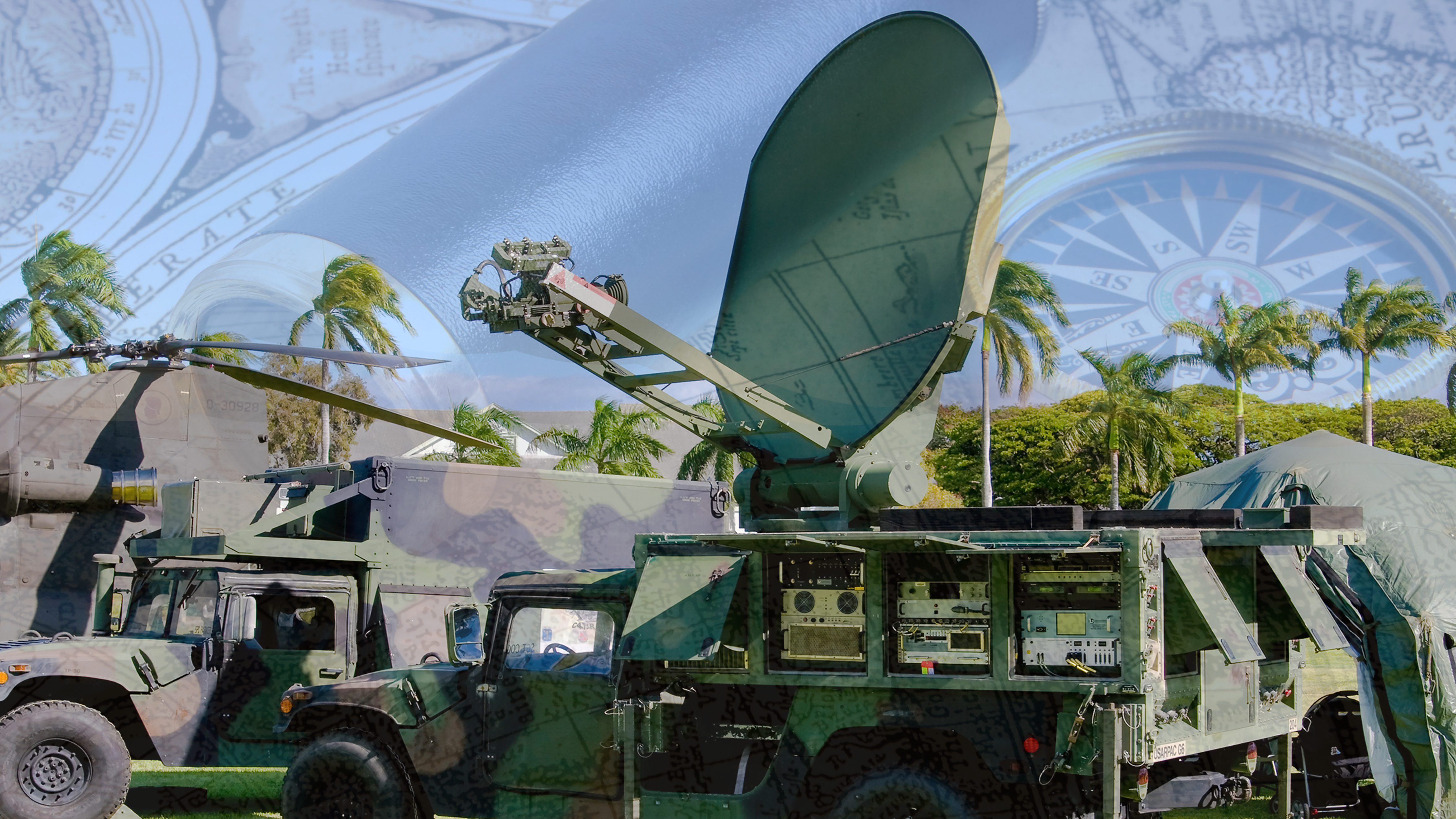Live Training, Limits of Today
“Train as you fight, fight as you train”, that is a mantra that has circulated in the live training community for 30+ years. Simply put, the training a soldier does should ultimately be 100% representative of what they do in the fight. Whatever cannot be simulated properly in training is unlikely to be performed adequately in battle.





